Spice It Up: A Cinnamon Bistro Journey Through Indian Cuisine
Indian cuisine is a vibrant tapestry of flavors, and at the heart of its magic lies the humble yet powerful cinnamon. Whether you're sipping on a warm cup of chai or indulging in a rich, spiced curry, cinnamon plays a starring role. In this article, we'll take you on a flavorful journey through the world of cinnamon bistro indian cuisine, exploring how this spice transforms dishes and elevates every meal.
Table of Contents
- What Is Cinnamon?
- Cinnamon in Indian Cuisine
- Spice Bistros and Their Role
- Practical Tips for Cooking with Cinnamon
- Buying Guide for Cinnamon
- Conclusion
What Is Cinnamon?
Cinnamon is derived from the inner bark of trees belonging to the genus Cinnamomum. There are several types, but the most common are Ceylon cinnamon (also known as 'true cinnamon') and Chinese cinnamon (or cassia). While both have similar flavor profiles, Ceylon cinnamon is often considered more delicate and aromatic, making it a favorite among chefs and home cooks alike.
When used in cooking, cinnamon adds warmth, sweetness, and a subtle earthiness that can complement both sweet and savory dishes. It's no wonder that it has been a staple in Indian kitchens for centuries.
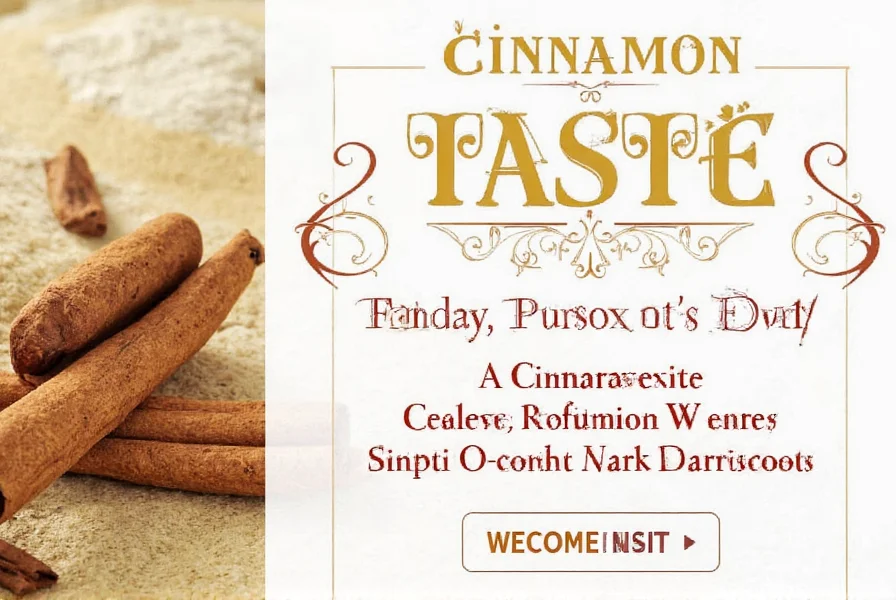
Cinnamon in Indian Cuisine
In cinnamon bistro indian cuisine, cinnamon is not just an ingredient—it's a flavor enhancer, a cultural symbol, and sometimes even a health booster. From the smoky richness of garam masala to the comforting warmth of cardamom and cinnamon in desserts, this spice is woven into the very fabric of Indian food traditions.
One of the most iconic uses of cinnamon in Indian cuisine is in milk-based drinks like chai and kheer (a creamy rice pudding). It also appears in various curries, stews, and sweet pastries, where it balances out the heat and adds depth.
Here’s a quick comparison of how cinnamon is used across different regions of India:
| Region | Typical Use of Cinnamon |
|---|---|
| North India | Used in biryanis, kormas, and garam masala blends. |
| South India | Found in rasam, sambar, and some dessert recipes. |
| West India | Added to chutneys, curries, and sweets like jalebi and gulab jamun. |
| East India | Used in traditional sweets like shondesh and in tea blends. |
Spice Bistros and Their Role
The rise of spice bistros has brought a fresh, modern twist to traditional Indian flavors. These eateries focus on using high-quality spices, including cinnamon, to create dishes that honor heritage while appealing to contemporary tastes.
A cinnamon bistro indian cuisine experience is all about balance. Chefs carefully layer flavors, using cinnamon not only for its aroma but also for its ability to enhance other spices like cardamom, cloves, and nutmeg. The result? Dishes that are complex, aromatic, and deeply satisfying.
These bistros often offer seasonal menus that highlight the versatility of cinnamon. You might find it in everything from spiced lattes to slow-cooked stews, proving that this spice isn’t limited to just desserts or teas.
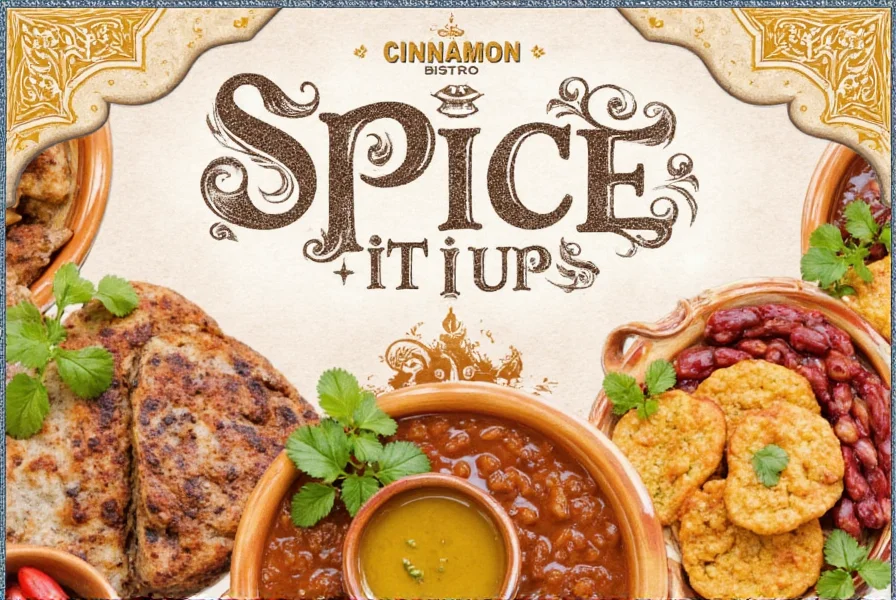
Practical Tips for Cooking with Cinnamon
If you're new to working with cinnamon, here are some practical tips to help you make the most of this versatile spice:
- Use it sparingly: Cinnamon has a strong flavor, so a little goes a long way. Start with a small amount and adjust to taste.
- Grind your own: Freshly ground cinnamon offers a more intense and aromatic flavor than pre-ground versions. Invest in a good spice grinder or mortar and pestle.
- Pair it wisely: Cinnamon works well with apples, bananas, chocolate, and dairy. Try adding it to oatmeal, yogurt, or baked goods for a touch of warmth.
- Toast it: Toasting cinnamon sticks before using them can release their oils and enhance their flavor. Simply place them over low heat for a few minutes.
- Experiment with varieties: Ceylon and cassia have different flavor profiles. Ceylon is milder and sweeter, while cassia is stronger and more pungent. Choose based on your recipe and personal preference.
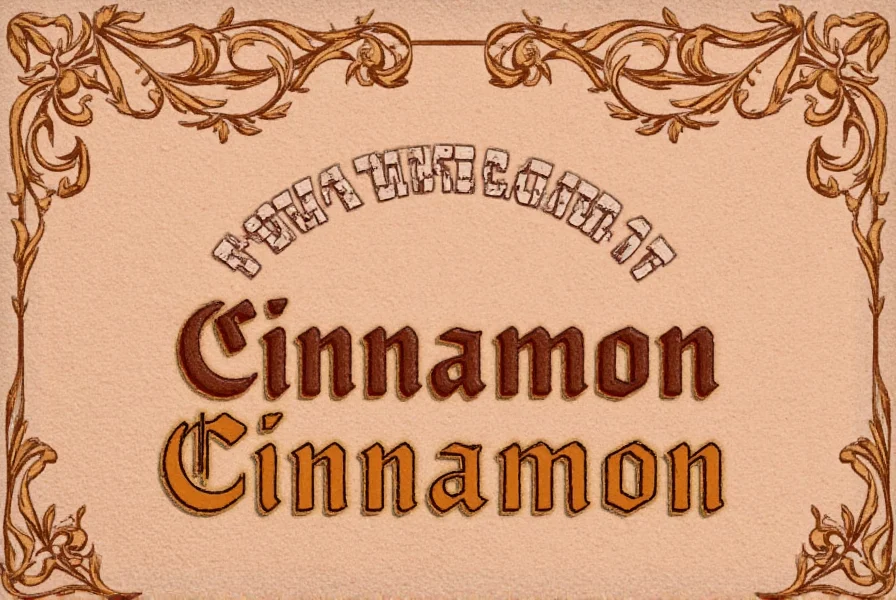
Buying Guide for Cinnamon
Choosing the right cinnamon is key to unlocking its full potential in your cooking. Here’s a detailed guide to help you pick the best option for your needs:
Types of Cinnamon
- Ceylon Cinnamon: Also known as 'true cinnamon', this variety is light brown, thin, and has a delicate, sweet flavor. It's ideal for baking, desserts, and beverages.
- Cassia Cinnamon: Darker in color, thicker, and more pungent, this is commonly found in grocery stores. It's great for savory dishes, curries, and stews.
Features to Look For
- Freshness: Look for cinnamon that has a strong, pleasant aroma. If it smells stale or musty, it's likely old.
- Texture: High-quality cinnamon should be pliable and not brittle. Avoid any that crumble easily.
- Packaging: Choose products that come in sealed containers or vacuum-packed bags to preserve freshness.
Recommended Products
- Ceylon Cinnamon Sticks - Premium Grade
- Features: Thin, curled sticks with a delicate, sweet aroma.
- Advantages: Ideal for baking, infusing liquids, and creating custom spice blends.
- Use Cases: Perfect for making chai, spiced coffee, or adding depth to desserts.
- Target Audience: Home bakers, gourmet chefs, and spice enthusiasts.
- Suitable Occasions: Casual gatherings, holiday baking, or special dinners.
- Cassia Cinnamon Powder - Organic
- Features: Coarse powder with a robust, slightly bitter flavor.
- Advantages: Great for adding depth to savory dishes and spice mixes.
- Use Cases: Ideal for curries, stews, and spice blends like garam masala.
- Target Audience: Professional chefs, home cooks, and those who enjoy bold flavors.
- Suitable Occasions: Weeknight meals, family dinners, or large gatherings.
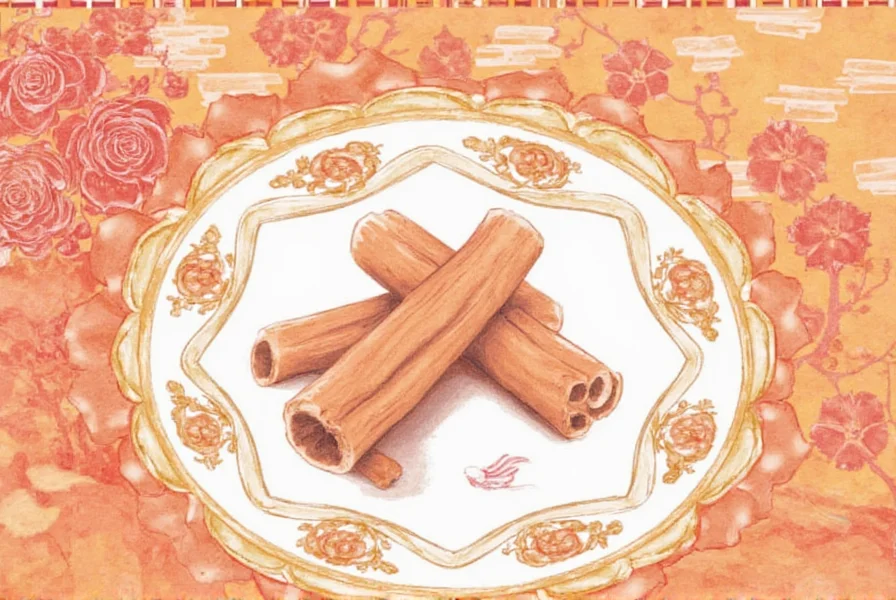
Conclusion
From the bustling spice bazaars of India to the cozy ambiance of a cinnamon bistro indian cuisine, this spice continues to captivate palates around the world. Its ability to bridge the gap between sweet and savory makes it an essential part of Indian culinary traditions—and a must-have in any spice rack.
Whether you're experimenting with new recipes, visiting a spice bistro, or simply enjoying a cup of spiced tea, remember that cinnamon is more than just a flavor—it's a story, a memory, and a celebration of culture. So next time you reach for that familiar stick, take a moment to appreciate the magic it brings to your plate.
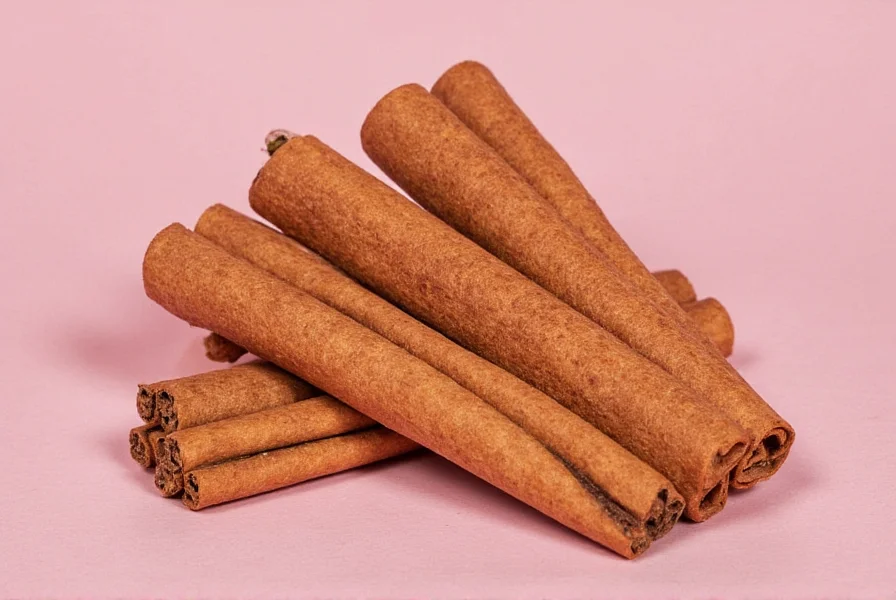










 浙公网安备
33010002000092号
浙公网安备
33010002000092号 浙B2-20120091-4
浙B2-20120091-4